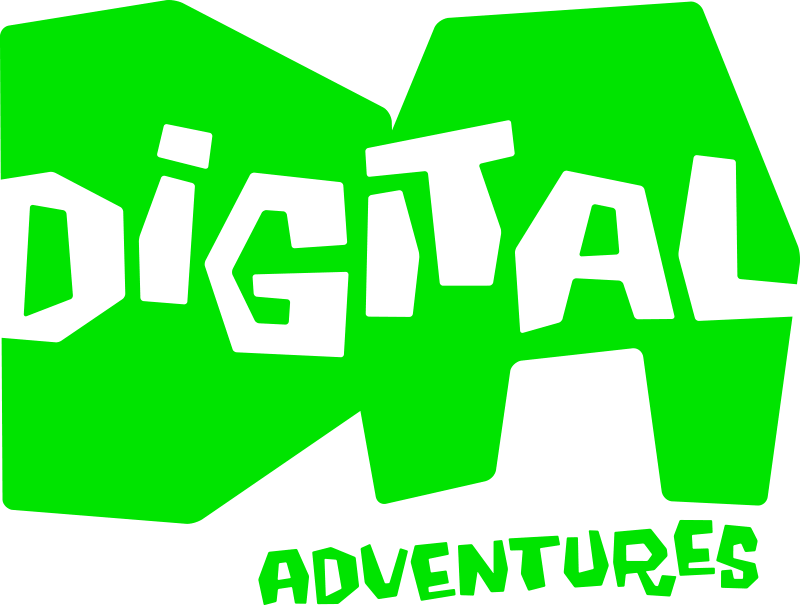Kids Learning Coding Just Wanna Have Fun

Categorized under: coding education for kids
It goes without saying that kids enjoy having fun. Kids constantly gravitate towards having fun regardless of the environment that they are in. In fact, one could argue that the best part about being a kid is the ability to have fun without having to worry about the responsibilities that adults consider on a daily basis. However, here’s where we have a challenge. Parents wants to see their kids building the next generation mobile application or website. And their kids just want to play Fortnite.
While there is nothing wrong with the sky being the limit for what you want for your child, the reality is that kids need to first enjoy coding and learning to build with technology. Once there is the sufficient realization that they can have fun with it, they are able to move along the continuum to write programs that would be considered valuable in the marketplace.
When educating kids on coding and learning to build with technology, it is essential that we strike the right balance. It is never a surprise to us when a kid comes to Digital Adventures saying that they want to build one of their favorite video games. It is equally unsurprising when they want to learn how mod Minecraft or reconfigure Roblox. This desire is a natural progression from kids playing video games that they have enjoyed.
To help facilitate this curiosity, we focus on teaching kids the fundamentals of coding & building with technology in the context of making a simple video game in Scratch or modifying lines of Java in Minecraft or typing lines of Lua in Roblox. These peeks behind the curtain of how to build with technology are both gratifying and motivating. Once a student learns that they can create their own blocks in Minecraft, their mind natural begins to wonder what else is possible with the platform. When a student learns that they can make their character run really fast in Roblox, they think what else can I do if I learn more about the programming language Lua.
When students have done enough of these projects with tangible outcomes over a sufficient period of time, they are able to begin building increasingly complicated projects on their own. But, instead of them jumping to creating their own program from scratch, it is much better for them to build a small portion within a larger sandbox. And as they gain confidence in their capabilities, they are then ready to try their hand at making their own mobile application or website.
Through this entire process they have gained insight into problem solving at the foundational level. In essence, they understand that computers can be used to solve problems. And the applications of this extend beyond creating a mobile application or website. This can be used to program robotics. This can be used to design 3D models. This can be used to create animations. In fact, the sky is the limit from a technology invention and innovation perspective.
On the other hand, if a potential student immediately jumps to designing a mobile application or website, it is very likely that the learning curve is much too steep. In this scenario, it becomes quite likely that a kid will believe that technology is too difficult or they don’t have the natural capability to become a great builder of technology. This is an unfortunate outcome as there are lots of different on ramps in learning to code and build with technology. However, there is a better way. If we enable students to patiently develop their capabilities while having fun building and then playing their favorite games, then we give them the greatest gift - the ability to understand how to build with the most long term foundational trend (technology) of their lifetimes works.
Let’s all be more patient and less outcome focused during their developmental years so that we have the opportunity to see what they are truly capable of once there is alignment between their interest and capabilities.


 By:
By: